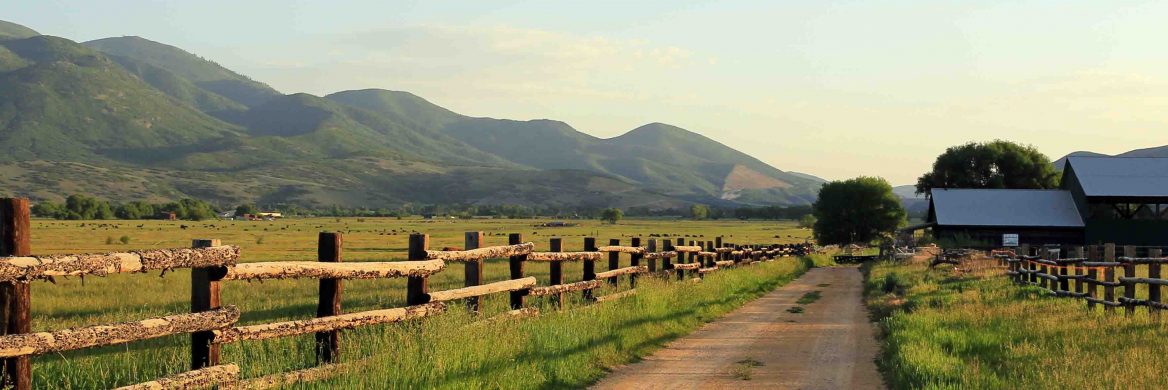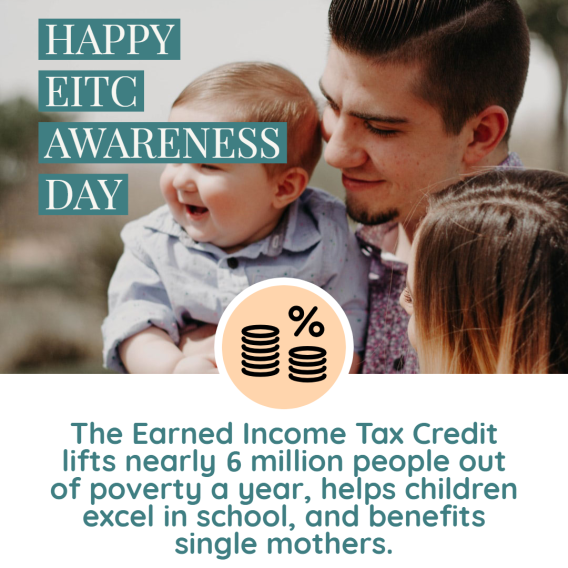
Outreach efforts are needed to reach taxpayers in rural communities. Wages in many rural communities are lower than in larger cities, making it more likely that workers may qualify for the Earned Income Tax Credit (EITC). Services are less accessible than in urban areas – from social services and libraries to free and commercial tax preparers – so information about available tax credits and places to go for tax help may be harder to find. Be mindful that the digital divide present in many rural areas means that the outreach approaches used in urban communities may not be as successful, so be creative!
CONNECT WITH
- County commissioners and town councils
- Local businesses, employers, and places of worship
- Small business owners
- Cooperative Extension Service
- Schools, libraries, and government agencies
- Local media outlets
STRATEGIES
1. Get involved with the community.
Rural communities tend to be close-knit, so identify trusted leaders and institutions for partnerships. These may include religious leaders, athletes, school mascots, and local government officials.
Conduct tax credit outreach at community events through tabling or by participating as a speaker in events. Local sports games, festivals, religious events, back-to-school nights, PTA meetings, and regional conferences offer opportunities to reach many eligible workers at once.

2. Use technology.
A volunteer-staffed van or individual staff members can become a mobile VITA site and prepare tax returns on laptops at pre-arranged locations, clients’ homes, or worksites. Partnering with a community college can provide access to student volunteers and laptops or computers for electronic filing. Some IRS offices may also loan computers to VITA sites.
If traveling is difficult, video sessions can be used to conduct meetings and trainings, or to file tax returns. In addition, IRS’ Virtual VITA allows organizations to partner with a VITA site in another location to file tax returns. Contact your IRS Territory Manager to learn more about requirements and opportunities.
Consider partnering with local nonprofits and/or social services offices for text campaigns to reach residents in rural communities. Organizations can send informational texts to their client lists to inform them about tax credits and free tax preparation services.

3. Enlist local employers.
Small business owners can promote tax credits to their employees or volunteer to host a free tax site during non-business hours. Employer-based tax help sites can help relieve individual shame and normalize participation. Larger businesses like factories and farms can promote tax credits as well. Consider asking employer partners to include tax credit outreach materials as payroll stuffers.
Rural areas with tourist attractions — such as bed and breakfasts, gift shops and restaurants — may employ workers who qualify for the EITC and Child Tax Credit. You can also post materials or conduct in-person outreach at day labor pick-up/drop-off locations as well as hotels and motels housing seasonal workers.
4. Promote tax credits through schools.
Schools can be an important channel for tax credit information and may also serve as central location for VITA sites. Partner with local schools to distribute physical campaign materials and/or hold informational meetings for parents. Community colleges and universities provide an important avenue to reach some working parents and lower-income students not raising children.

5. Share PSAs through local media.
Public service announcements (PSAs) on local radio and news stations can help reach a wide variety of people. Posters and flyers in frequented community locations (bus stations, grocery stores, libraries, post offices, banks, etc.) are helpful for reaching rural people who aren’t well-connected to internet services. Billboards and print ads in local newspapers can also help spread your message. Don’t forget to consider PSAs in languages other than English!
6. Conduct mobile outreach.
Consider creating a mobile VITA site to bring free tax preparation to more rural residents. Include local indigenous communities in your efforts.
Engage people without stable housing by visiting encampments to distribute physical materials about tax credits and free tax prep. Keep in mind that some people may be unable to leave their possessions unattended, so be flexible.
7. Co-host events.
Partner with trusted rural groups to host informational outreach events at schools, places of worship, libraries, and other gathering places. Include local leaders in speaker line-ups. Share information about tax credits and address tax scams, tax filing misconceptions, and how to maximize tax filing. Events with large and varied audiences can help normalize participation and reduce stigma about claiming tax credits.
If you have the capacity, consider gamifying tax credits content to engage audiences during events. For example, you can adapt charades, twenty questions, jeopardy, or wheel of fortune to incorporate a tax education theme.
8. Tap into community volunteer networks.
Local community volunteers can act as trusted liaisons for tax credit outreach. People who volunteer with groups serving rural communities – such as nonprofits, churches, and religious groups – likely have their own personal, professional, and volunteer networks that could help increase capacity for tax credit outreach. Also, identify volunteer groups for retirees and college students.
Local volunteer knowledge can help inform your continued outreach efforts, as they may know of local organizations and high traffic gathering places.
Contact statewide groups that may have connections in rural areas such as:






